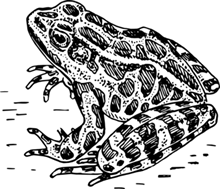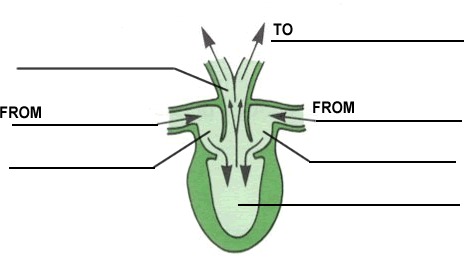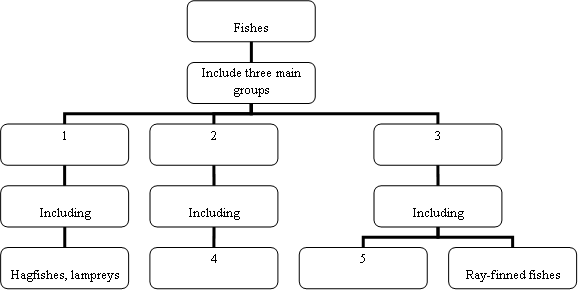 Reading Guide 30-3 Amphibians
Reading Guide 30-3 Amphibians
1. With over _____________
species, amphibians are the only modern descendants of an ancient group that
gave rise to all other _________________________________.
2. Amphibian means ____________________________________.
3. An amphibian is a _______________ that, with some exceptions, lives in water
as a _______________ and on land as an adult, breathes with _______________
as an adult, has _______________ skin that contains mucus glands, and lacks
_______________ and _______________.
4. The first amphibians to climb onto land probably resembled __________________________
fishes similar to the modern coelacanth.
5. Terrestrial vertebrates have to breathe __________, protect themselves and
their __________ from drying out, and support themselves against the pull of
__________________________.
6. In many adult amphibians, the internal surfaces of the lungs are richly supplied
with
__________________________ and _______________________ that increase surface
area.
7. Using figure 30-22 list the three adaptations that helped amphibians live
at least part of their lives out of water. a. __________________________________________________
b. __________________________________________________
c. __________________________________________________
8. One early amphibian,
Eogyrinus, is thought to have been about __________ meters long.
9. The ____________________ period is sometimes called the _______________________________.
10. Most amphibian groups became extinct by the end of the ________________________________.
11. ____________________ are typically filter feeders or _____________________
that graze on algae.
12. When tadpoles change into adults, their feeding apparatus and _______________________
tract are transformed to strictly _____________________________ structures.
13. Many ________________ and frogs have long, sticky tongues specialized to
capture _____________.
14. Trace the path of food in a frog's digestive system:
Mouth, _______________ ' stomach ' ______________________ ' colon ' __________________
15. In most larval amphibians, ________________ exchange occurs through the
__________________ as well as through the ____________________________.
16. Many terrestrial salamanders have no ____________________ at all.
17. The circulatory system forms what is known as a ___________________________________.
18. Label the diagram of the frog heart. See figure 30-24 on page 785

19. The amphibian heart has __________ chambers.
20. Amphibians have ___________________________ that filter waste from the blood.
21. What is liquid waste called? _____________________________
22. Do amphibian eggs have shells? [ yes] or [no]
23. Where do female frogs lay their eggs? ______________________ Where do male
frogs deposit their sperm? __________________________________________________________________________
24. What provides the nourishment for the developing embryo? ________________________________
25. What is the name of the process shown in figure 30-25? ________________________________
26. List another organism that goes through metamorphosis. ________________________________
(not in your book, just think about this)
27. What is the function of the nictitating membrane? __________________________________________
28. What is the function of the tympanic membrane? _________________________________________
29. List the three orders of amphibians. Give an example of each.
a. Order ________________ EX: ________________________________________________
b. Order ________________ EX: ________________________________________________
c. Order ________________ EX: ________________________________________________
30. Some amphibians that
release toxins have brightly colored bodies and __________ patterns.
31. List the seven possible environmental threats to amphibians:
a. _____________________________________
b. _____________________________________
c. _____________________________________
d. _____________________________________
e. _____________________________________
f. _____________________________________
g. _____________________________________
Thinking Visually (See page
792) -- Using information from the Fish Section
Using the information from this chapter, complete the following concept map:

